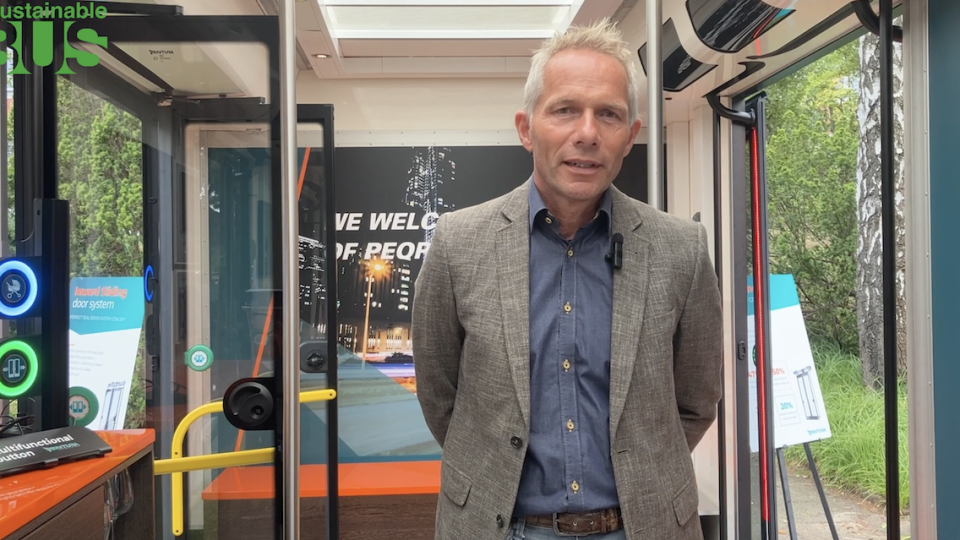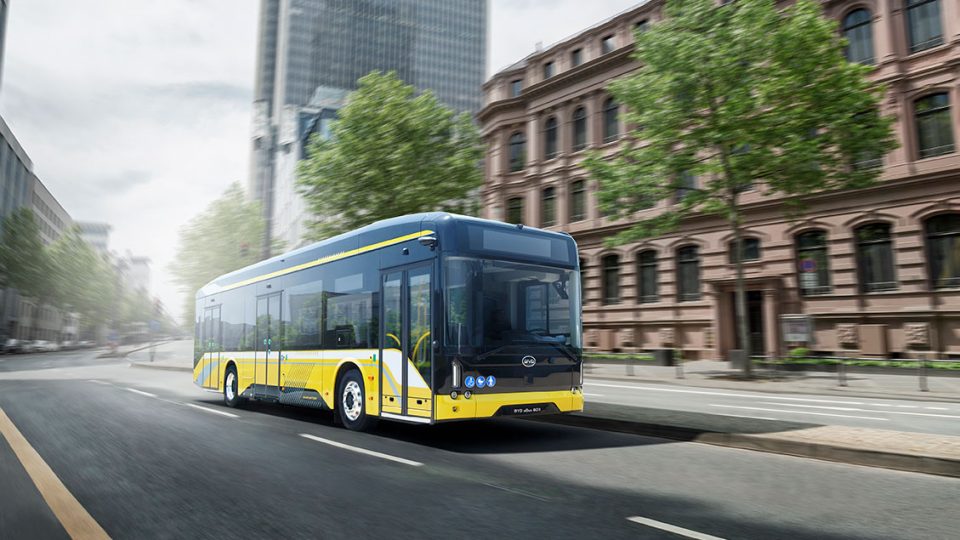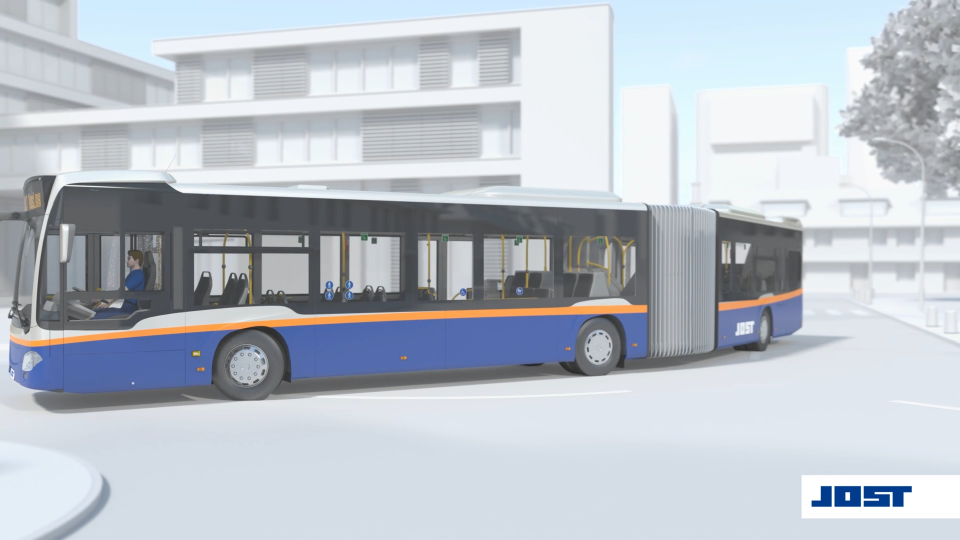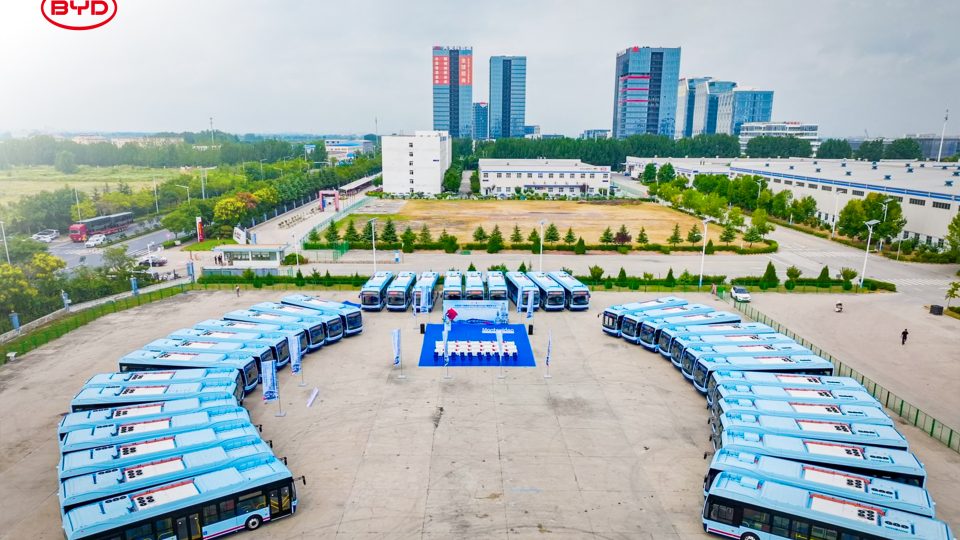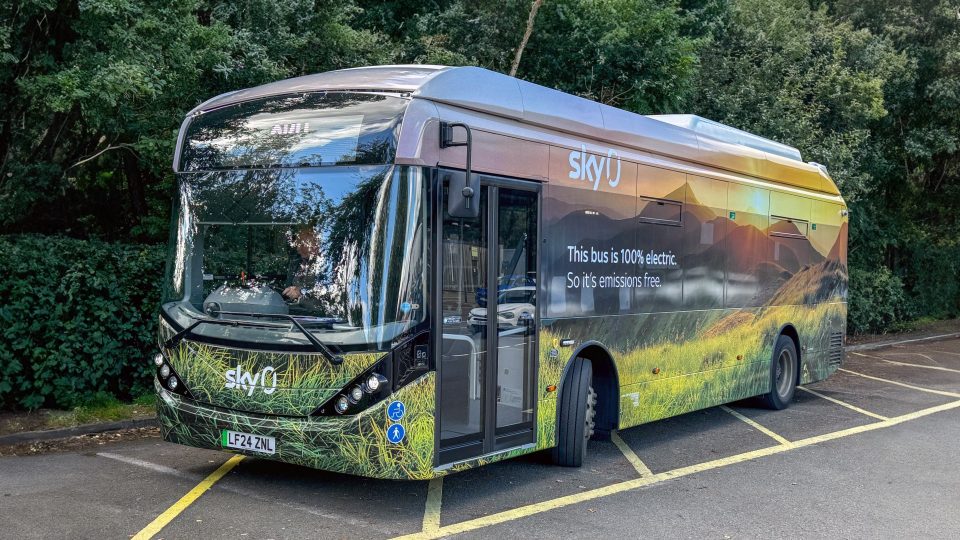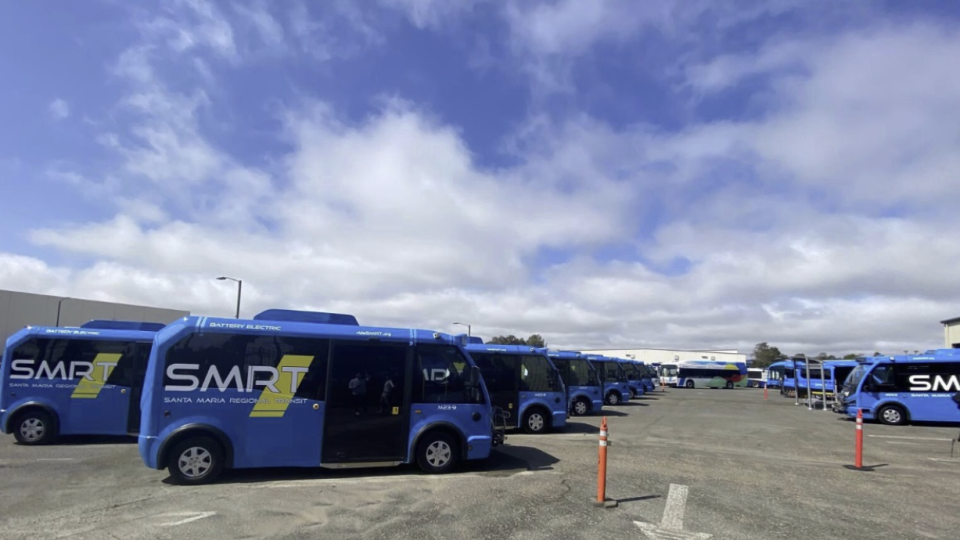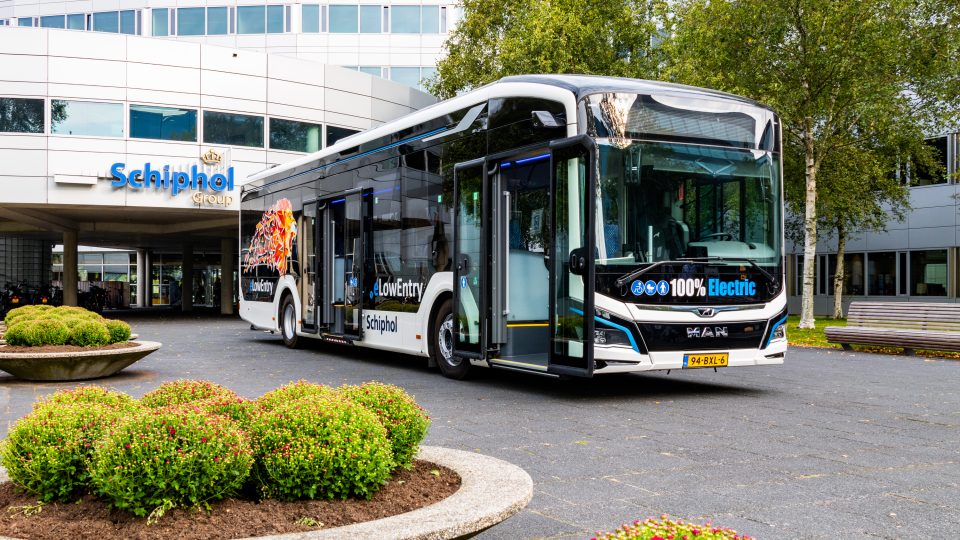Hungarian-made e-bus Credobus Electronell launched in test operations
The first electric bus of the Hungarian Kravtex-Kühne Group, the brand new Credobus Electronell, was presented and is already being tested in the urban transport of Győr (Hungary). The e-bus features BorgWarner and Voith technology and is based on a Low Entry layout enabling two battery packs (out of three) under the floor. The buses […]
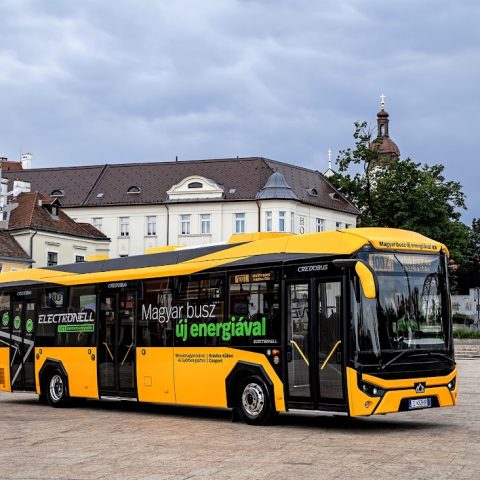
The first electric bus of the Hungarian Kravtex-Kühne Group, the brand new Credobus Electronell, was presented and is already being tested in the urban transport of Győr (Hungary).
The e-bus features BorgWarner and Voith technology and is based on a Low Entry layout enabling two battery packs (out of three) under the floor.
The buses were developed by Credobus independently, without a general partner, and the main system integration and software development tasks were also carried out in Hungary. The Electronell models are built with Credobus’ own high voltage power distribution system (Credobus HVBOX), drive control software and passive cooling system. The first vehicle left the factory in March 2024, while the launch of the new product was announced in late 2023.
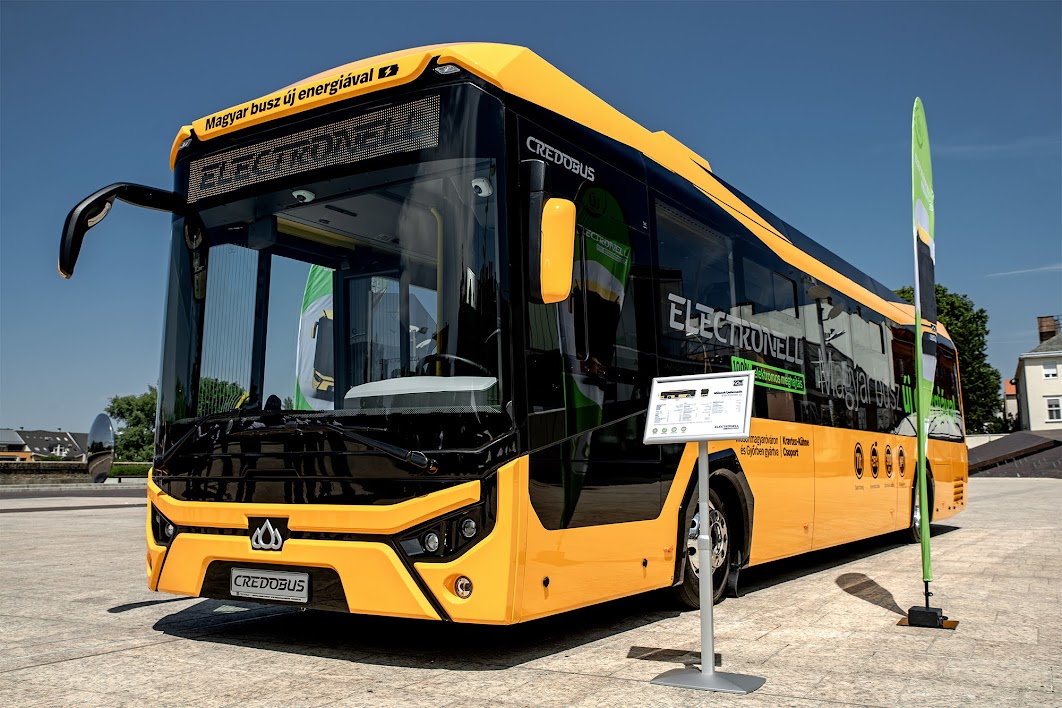
Credobus electric bus is ready
Credobus Electronell, built in Mosonmagyaróvár and Győr, is manufactured by the above-mentioned Kravtex-Kühne Group, the market leader in Hungary with more than 3,000 buses produced to date.
The 12-metre model has started its first passenger tests, while the 18-metre articulated version will be introduced in the second half of the year. Both vehicles are barrier-free and suitable for both urban and suburban transport.
The Electronell 12 is the lightest electric bus with a metal frame, thanks to “breakthrough technical innovations”, the OEM states without further specifications. It weighs just 11 tons, around 2 tons less compared to most of the competitors on the market (especially the ones which are built on the same platform as the diesel buses).
“The weight advantage of at least 2 tonnes reduces the battery quantity by 25 %. The target range of 300 kilometres can be achieved with 3 battery packs instead of 4”, the company states.
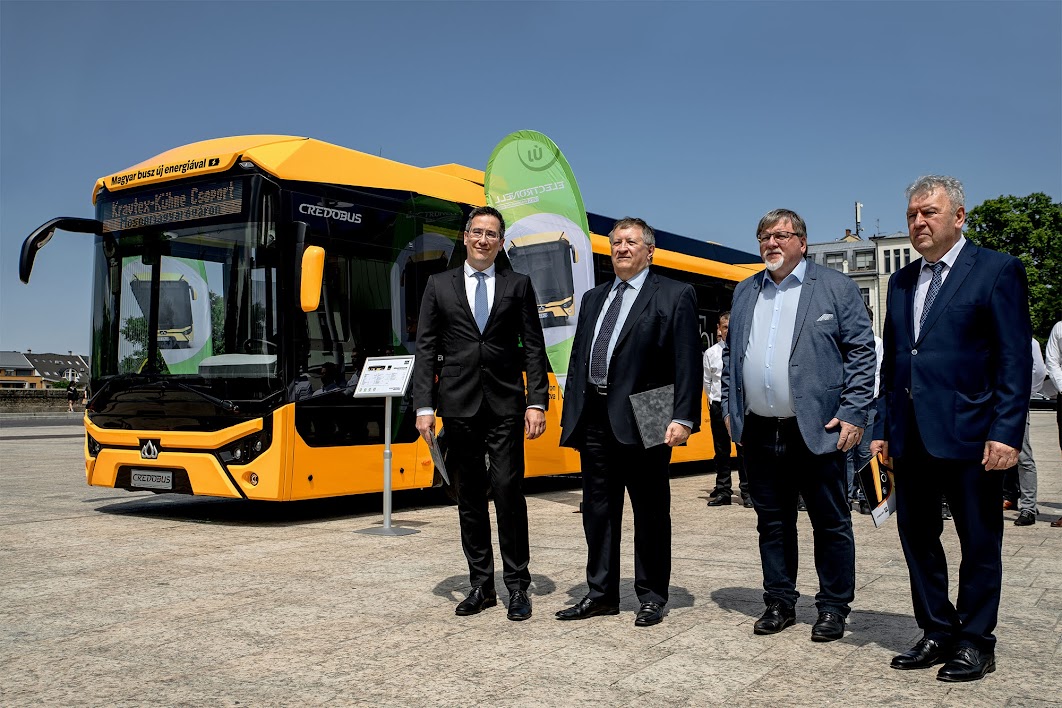
Credobus’ ultralight construction is based on a metal frame structure, “which fits into the existing maintenance environment and is almost completely recyclable. The low weight is ensured by the optimisation of the chassis and 19.5″ axles. Additional benefits of the solution include: increased passenger capacity, faster charging, smaller ecological footprint, avoided overloading”, the manufacturer adds.
Credobus with BorgWarner batteries and Voith drivetrain
Energy storage is provided by 3rd generation liquid-cooled NMC batteries from BorgWarner (Akasol). The battery pack has a total capacity of 294 kWh and can be charged in up to 2 hours with a power output of 150 kW.
The Voith VEDS HD (Heavy Duty) central motor drive system has a peak power of 410 kW and a maximum efficiency of 97.3 %, which increases energy efficiency. The drive system of the solo and articulated versions is built with components of the same size.
Among the auxiliary systems, the heat pump thermal management system is supplied by Eberspächer, the electrohydraulic servo pump by Dana and the electrically driven compressor by Knorr-Bremse.
With the ZF-branded driver assistance systems based on radar and camera sensors, Electronells will comply with the GSR (European Union’s General Safety Regulation), which will be introduced from July 2024. The new generation of driver assistance will provide, among others, the following features: Moving Off Information System (MOIS), Blind Spot Information System (BSIS), Intelligent Speed Assist (ISA), Driver Drowsiness and Alertness Warning (DDAW), Tire Pressure Monitoring System (TPMS), immobiliser with breathalyzer and full cyber protection.

